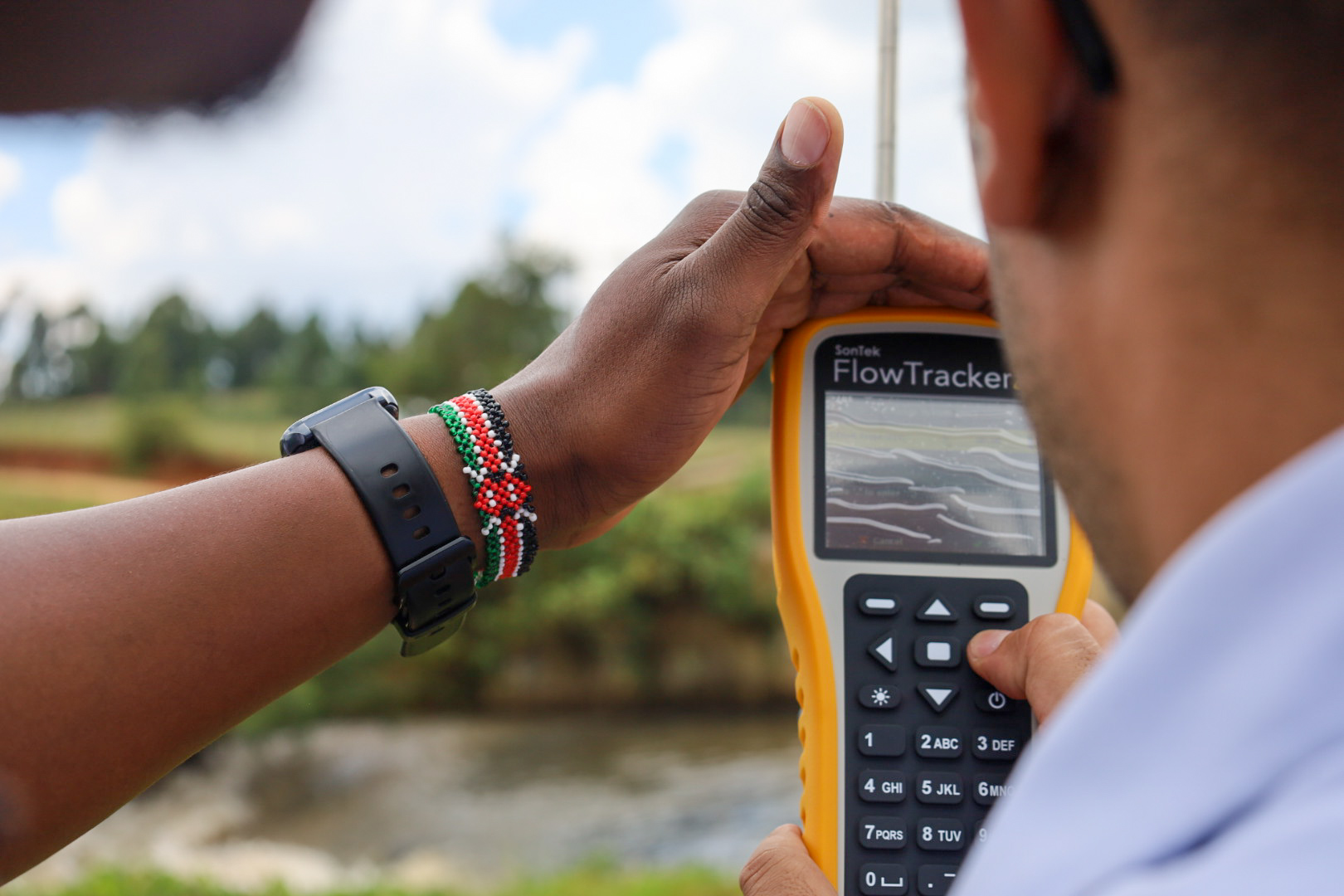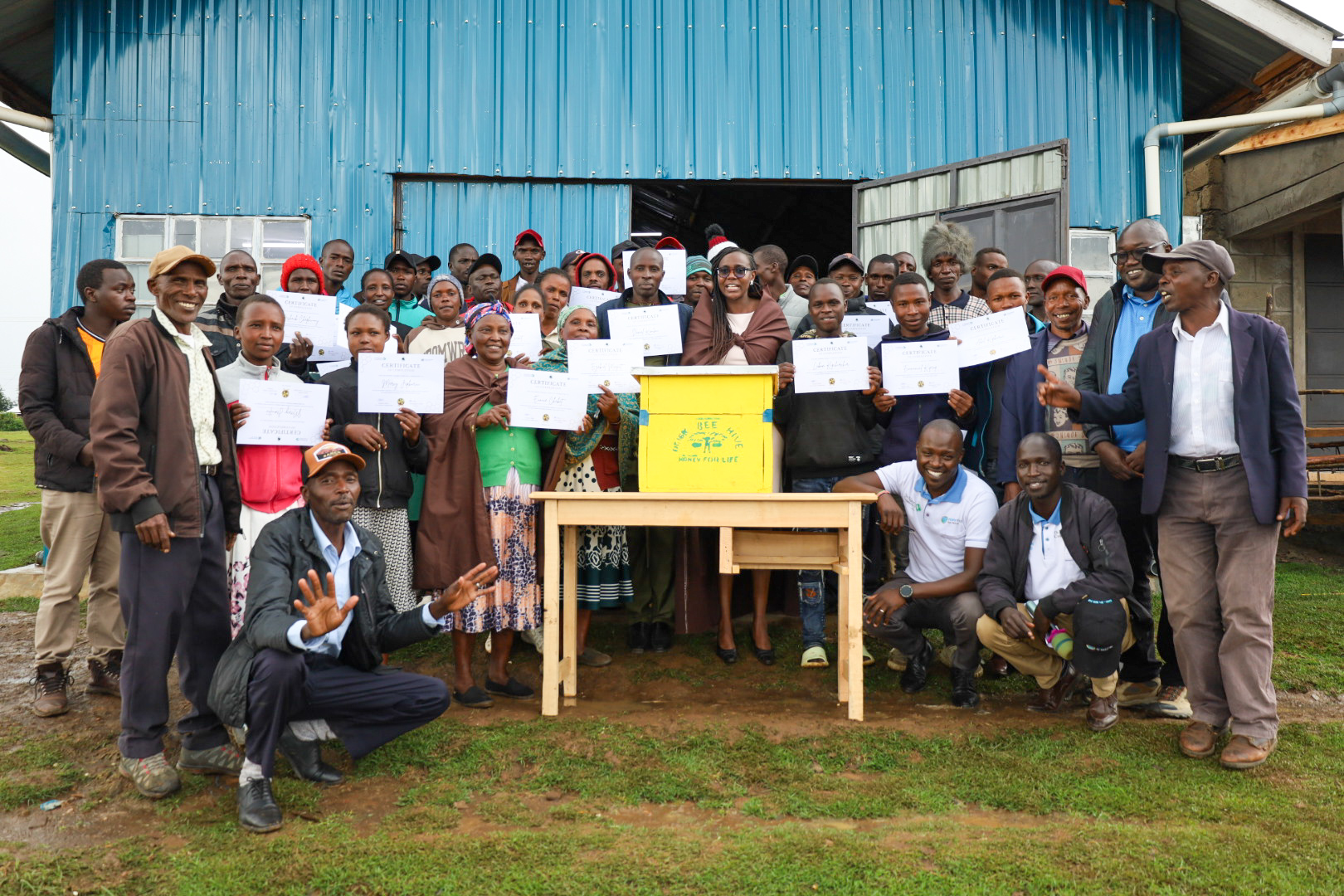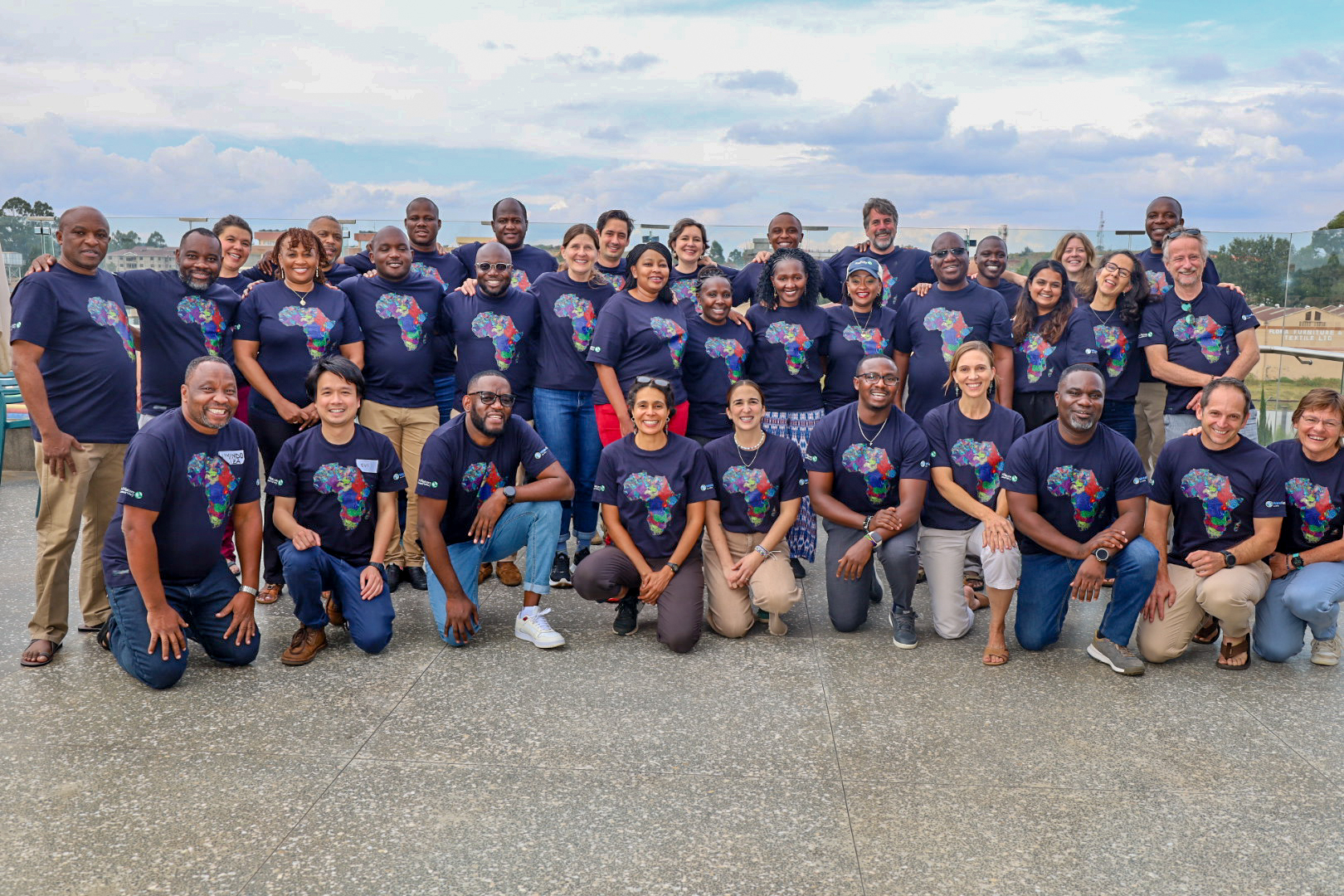Story by Faith Esika;
In Kaptagat, Uasin Gishu County, famed as the training ground for Kenya’s legendary long-distance runners, Nelly was fighting a different race, a race to save her farm. For many years, her farm had been at the mercy of a relentless fight against the sun’s merciless heat and the unforgiving torrents of rain. Each dry spell withered her maize, threatening her household’s food security. To survive, she would turn to the Chepkerwo stream down her farm, a tributary of the Kipsinende river thatfeeds the lifeline of the catchment, the Two Rivers Dam, to quench her crops and livestock. But even this came at a cost.
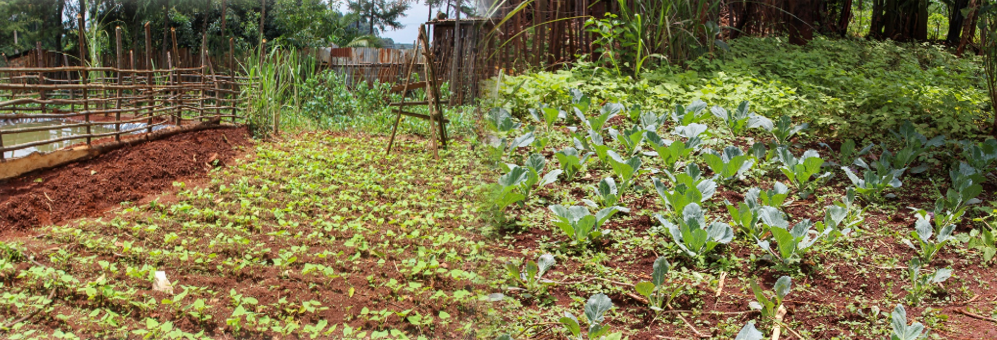
The Chepkerwo, once freely flowing, began to suffer. Nelly’s farming activities extended up to its riparian zone, unknowingly destabilizing some sections of its banks. What seemed like a lifeline was slowly chocking, its water quality diminishing. But in September 2023, a new chapter began for Nelly. Once inspired by the vision for restoration. Through the Eldoret-Iten Water Fund (EIWF), Nelly was introduced to a way of farming that worked with nature, not against it.
She learned the value of the Chepkerwo stream, not just as a water source, but a critical ecosystem and of the dangers of farming on its riparian zone. With that realization, Nelly made a decision to withdraw cultivation from the riparian and began healing the land. In place of crops, she planted indigenous tree seedlings provided by the EIWF, creating a natural barrier that stabilized the riverbank and nurtured biodiversity of the area. But Nelly’s transformation did not end there.
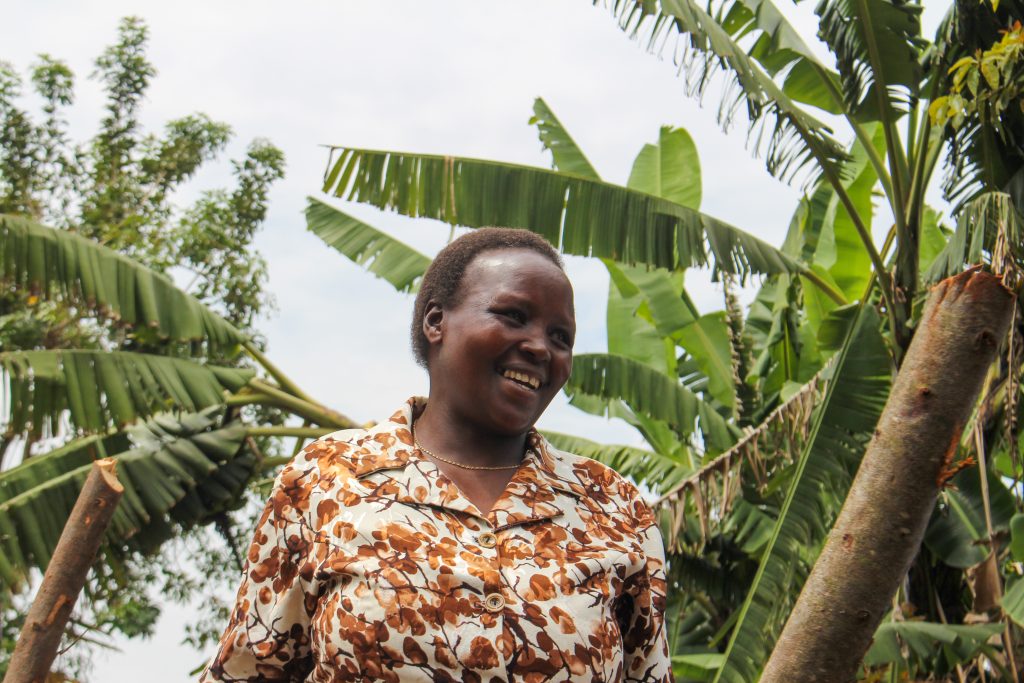
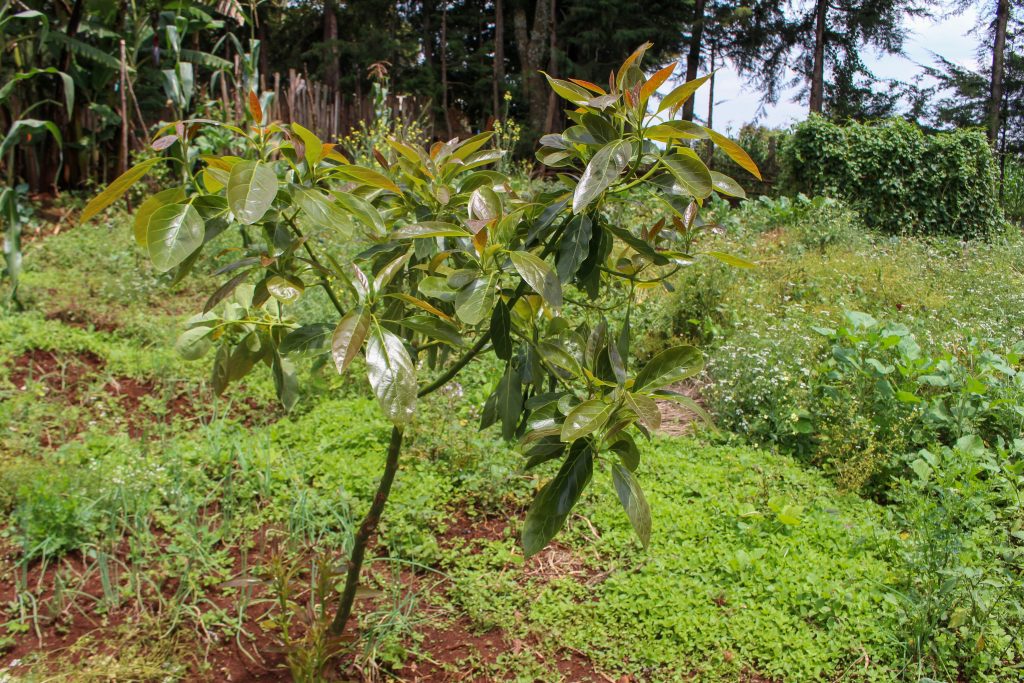
To combat the soil erosion that had tormented her farm, she planted 70 Grevillea trees, supplied by the EIWF around her farm. Today, these trees stand tall, anchoring the soil, offering shade and mulch. Nelly also received 20 avocado and 20 macadamia tree seedlings from EIWF which she intercropped within her farm. With every fruit tree planted, she diversified her harvest while fostering an environment where agriculture and conservation would go hand in hand .
Along the carefully crafted grass strips, designed with guidance from EIWF technical experts, Nelly planted super Napier grass, a move that now not only protects her soil but also ensures her livestock never lacks fodder. To curb water scarcity, she received a24,000L capacity water pan which now gleams under the sun, collecting rainwater from her rooftop gutter system, freeing her from the need to abstract water from the stream. Looking ahead, Nelly’s vision continues to grow. She plans on introducing beehives in the forested section of her farm, inviting nature’s best pollinators to further enrich her farm while enhancing protection of the riparian zone.
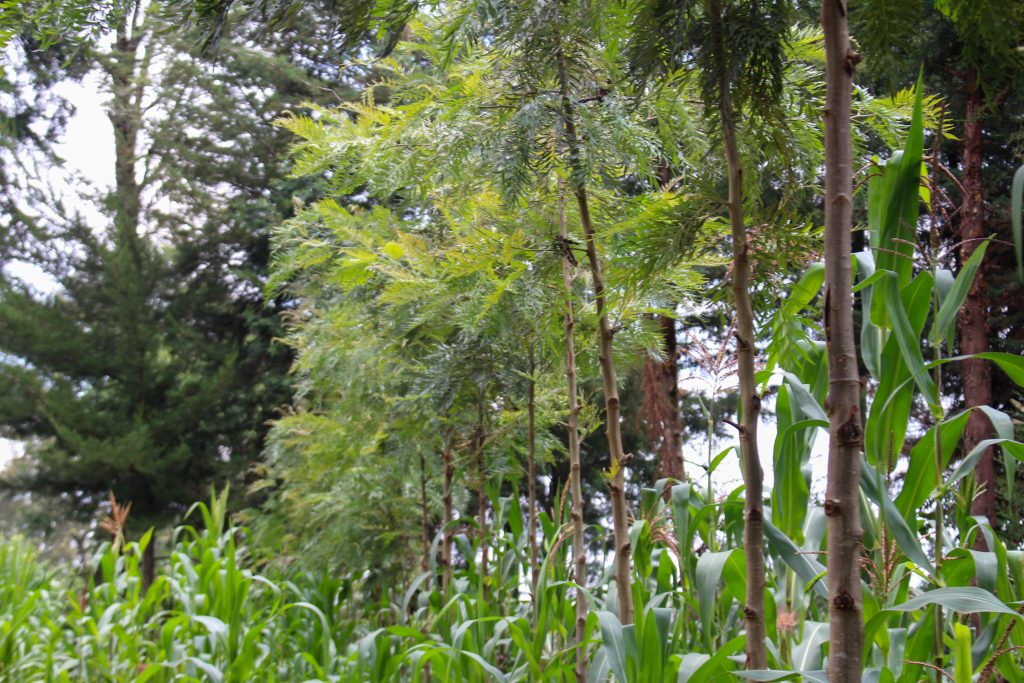
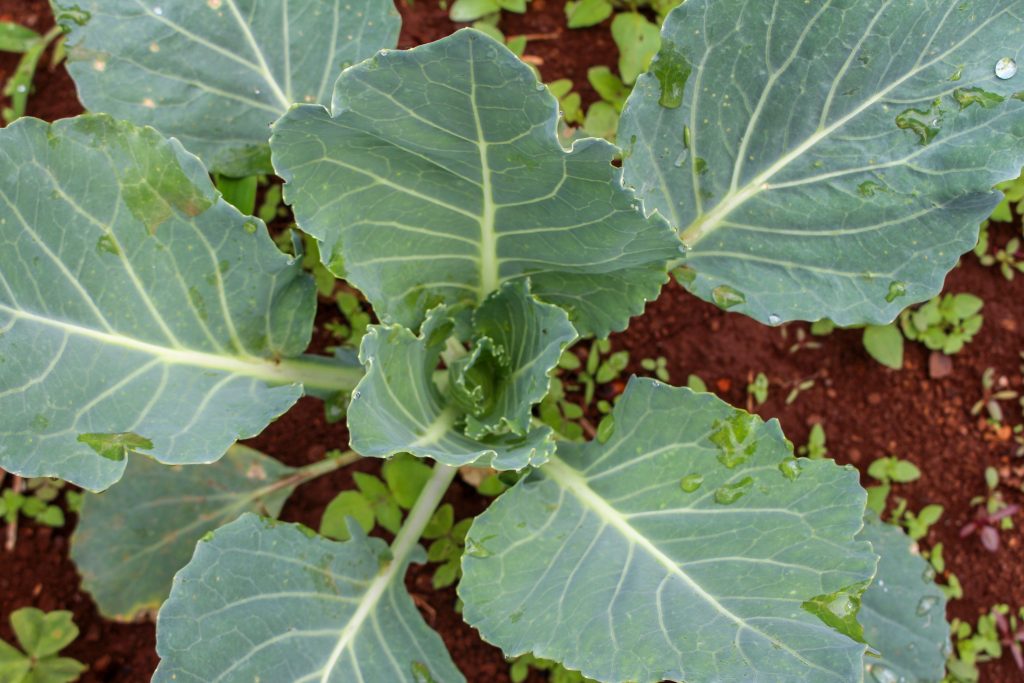
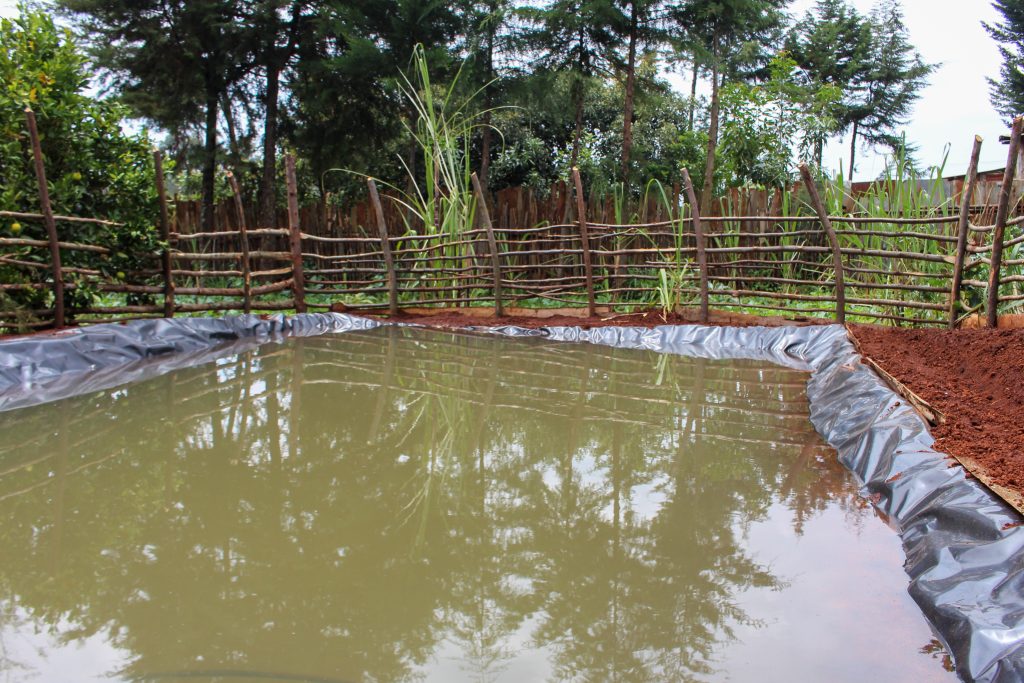
Today, where there was once struggle, there is now stewardship. Nelly’s farm has become a tapestry of vegetables, fruits and crops. Where soil once slipped away, roots now hold firm. Her story is a testament to resilience, knowledge, and the profound impact of working with nature instead of against it.

